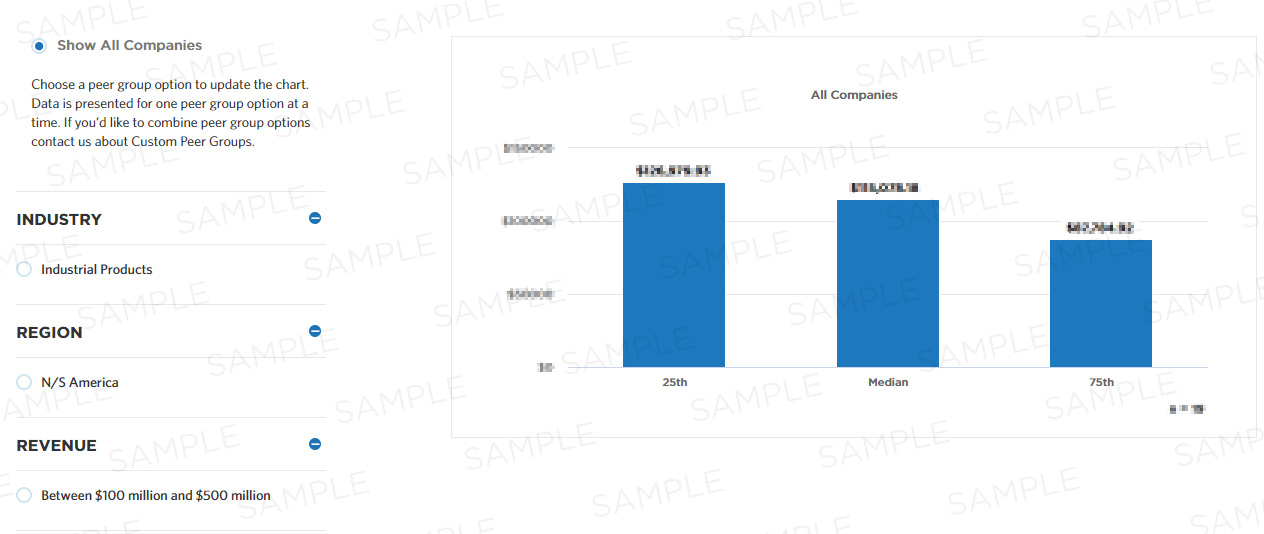Number of adjustments/deductions per FTE that performs the process "manage and process adjustments/deductions"
This measure calculates the number of adjustments/deductions per full-time equivalent (FTE) employee that performs the process "manage and process adjustments/deductions," which consists of creating and providing funds for necessary adjustments and deductions, including all expenses that were required for the business at certain point in time. An adjustment is when an amount is changed due to an error/miscommunication between two parties. Common examples involve freight and handling charges, discount terms, price, and other similar items. This measure is part of a set of Staff Productivity measures that help companies assess the efficiency of their staff related to the "manage and process adjustments/collections" process.
Benchmark Data
| 25th | Median | 75th |
|---|---|---|
| - | - | - |

Compute this Measure
Units for this measure are adjustments/deductions.
Number of adjustments/deductions / Number of FTEs who perform the process "manage and process adjustments/deductions"
Key Terms
FTE - (full-time equivalent employee)
To calculate the number of full-time equivalents employed during the year for each respective process or activity, you must prorate the number of employees and the hours spent performing each process/activity. Assume that a full-time worker represents 40 hours per week. Provide the average number of full-time equivalents employed during the year for each respective process. Include full-time employees, part-time employees, and temporary workers hired during peak demand periods. Allocate only the portion of the employee's time that relates to or supports the activities identified for an applicable process. Prorate management and secretarial time by estimating the level of effort in support of each activity, by process.
For example, a part-time secretary in the finance department for XYZ, Inc. charges all of his time to finance department activities. He works 20 hours per week. The secretary splits his time evenly supporting employees working in the general accounting process and the financial reporting process. Thus, his time should be allocated by process. So, if he works throughout the year and supports these two processes, his time would be split evenly as:
20hrs/40hrs = .5FTE * 50% for general accounting = .25FTE for general accounting
20hrs/40hrs = .5FTE * 50% for financial reporting = .25FTE for financial reporting
Staff Productivity
Staff Productivity is a measure of the efficiency of individuals performing specific processes. Measures in staff productivity generally relate the transaction volume or outcome of the process with the effort in terms of full time equivalent employees to perform the process.